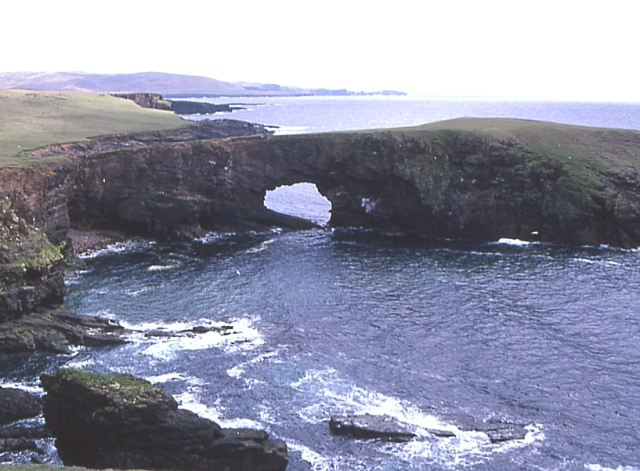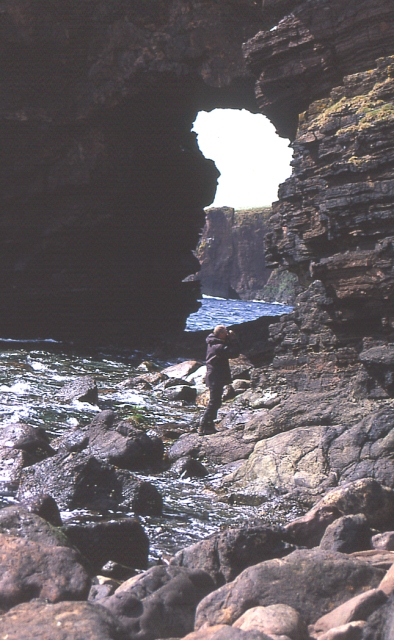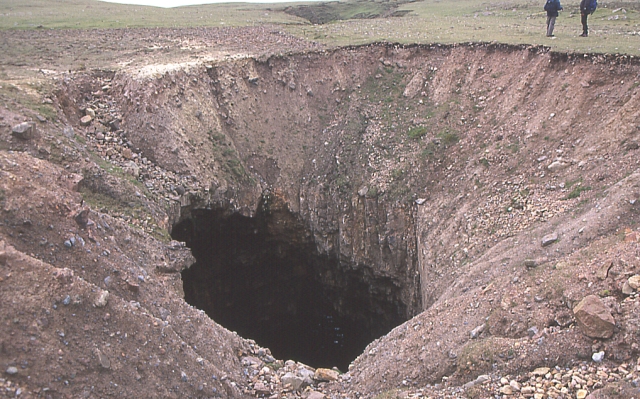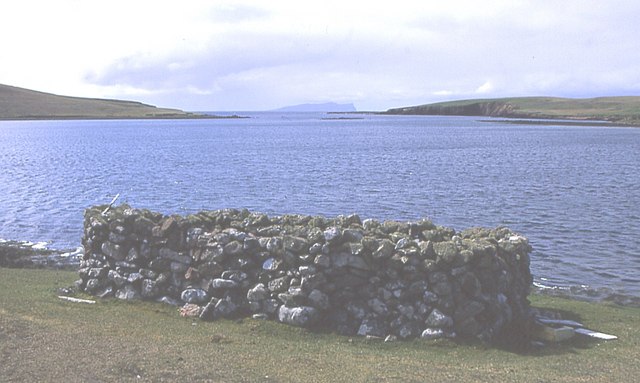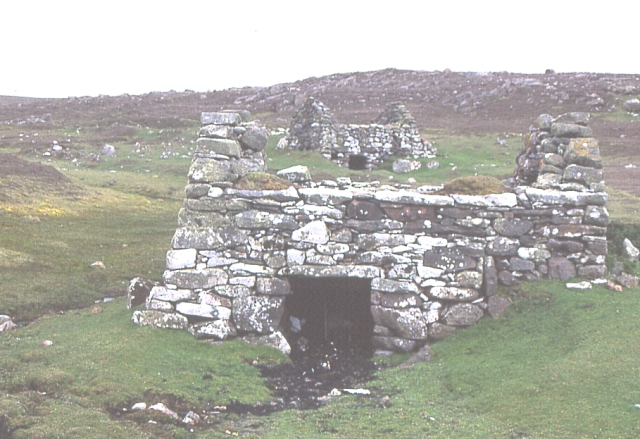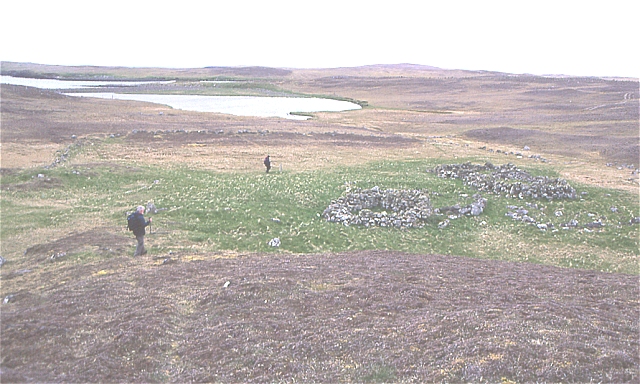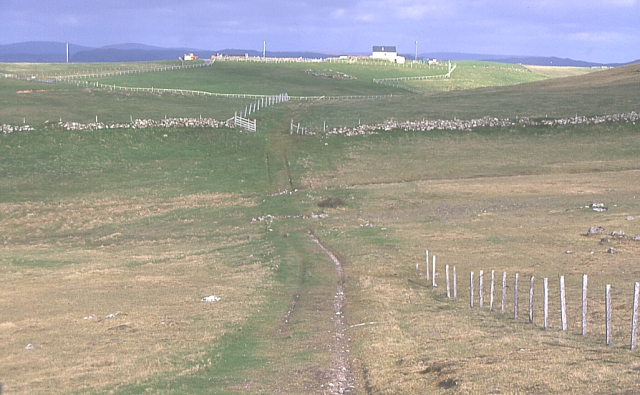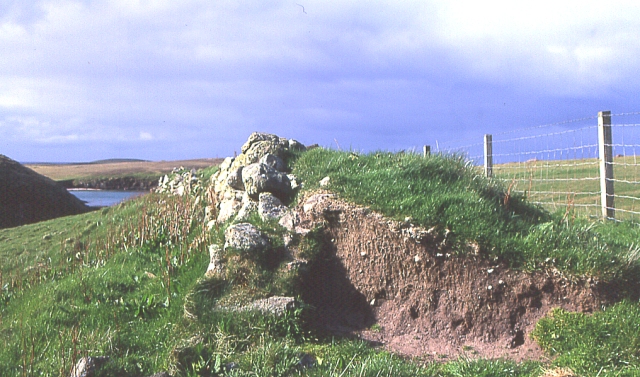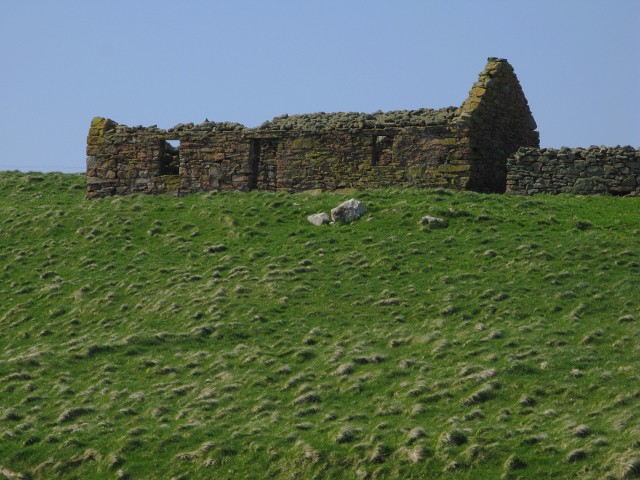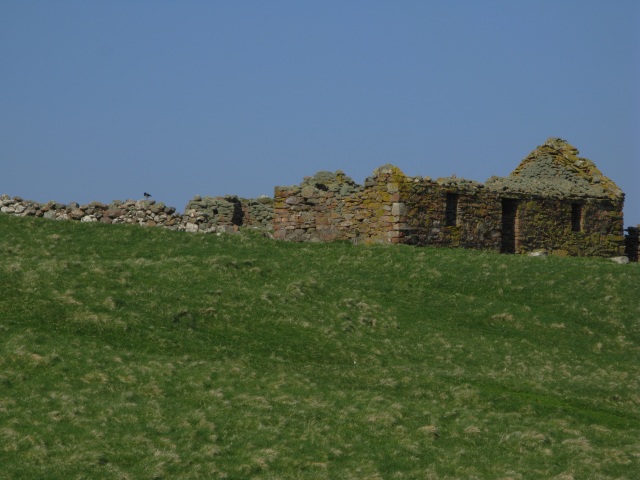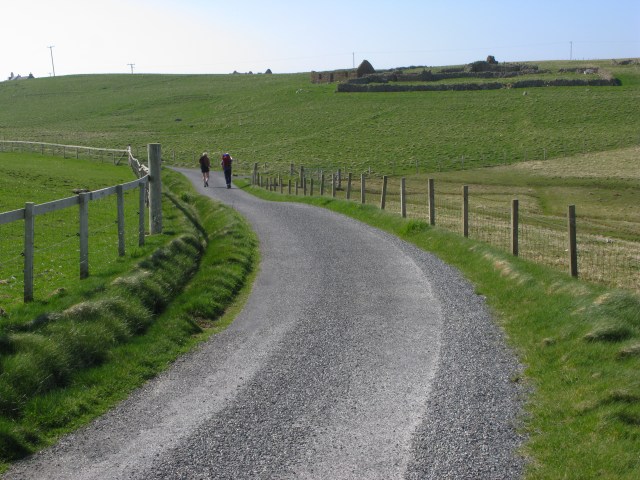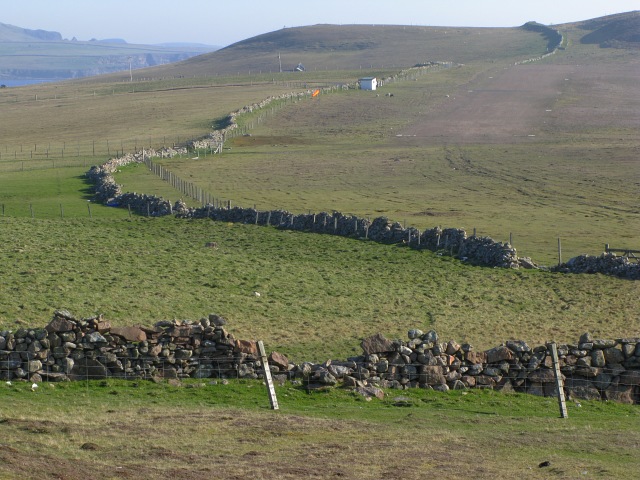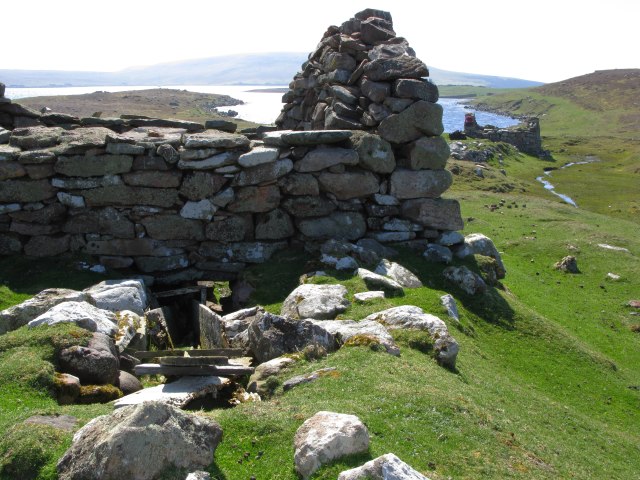Hamna Voe
Sea, Estuary, Creek in Shetland
Scotland
Hamna Voe
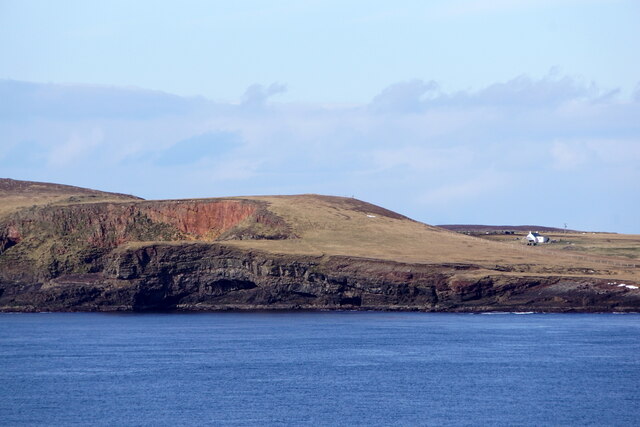
Hamna Voe is a picturesque sea inlet located in the Shetland Islands, Scotland. Nestled between the Mainland and Burra, this stunning natural formation is a popular tourist destination due to its scenic beauty and rich biodiversity.
As a sea estuary, Hamna Voe is characterized by its deep waters and steep sides, which provide a sheltered harbor for boats and ships. The voe stretches for approximately 4 kilometers, with its entrance facing southwards towards the North Sea. The area is known for its calm waters, making it an ideal spot for fishing and sailing enthusiasts.
The surrounding landscape of Hamna Voe is a delightful mix of rolling green hills and rugged cliffs, offering breathtaking views of the surrounding islands and the North Atlantic Ocean. The area is also home to a variety of seabirds, including puffins, gannets, and fulmars.
Hamna Voe is not only a scenic wonder but also has historical significance. The remnants of ancient settlements have been discovered in the vicinity, indicating human habitation as far back as the Iron Age. The area was once a thriving hub for the fishing industry, with numerous herring stations and fish curing sheds dotting the shores.
Today, Hamna Voe remains an important center for marine activities, including aquaculture and offshore oil operations. Its natural beauty, combined with its rich cultural and historical heritage, makes it a must-visit destination for nature lovers and history enthusiasts alike.
If you have any feedback on the listing, please let us know in the comments section below.
Hamna Voe Images
Images are sourced within 2km of 60.322029/-1.708114 or Grid Reference HU1659. Thanks to Geograph Open Source API. All images are credited.
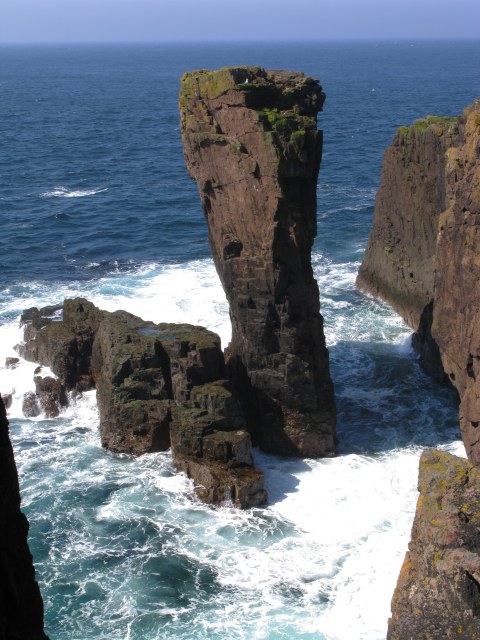
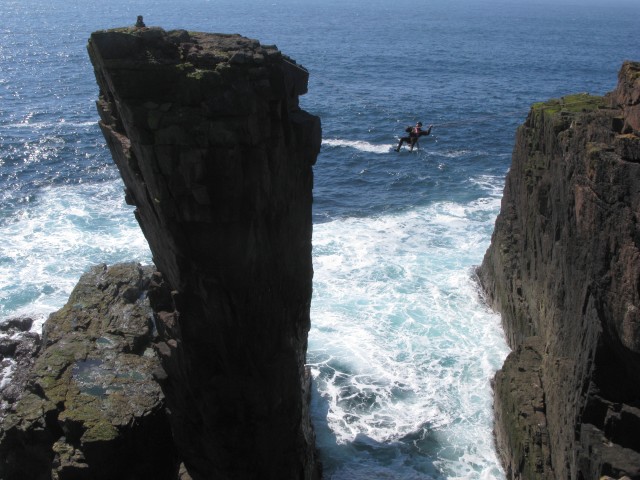
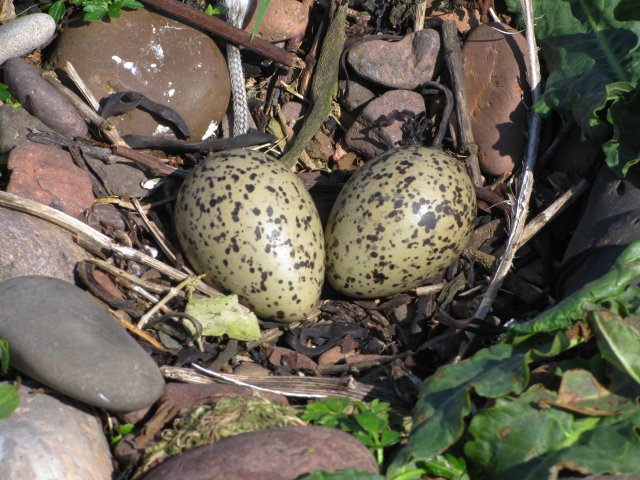
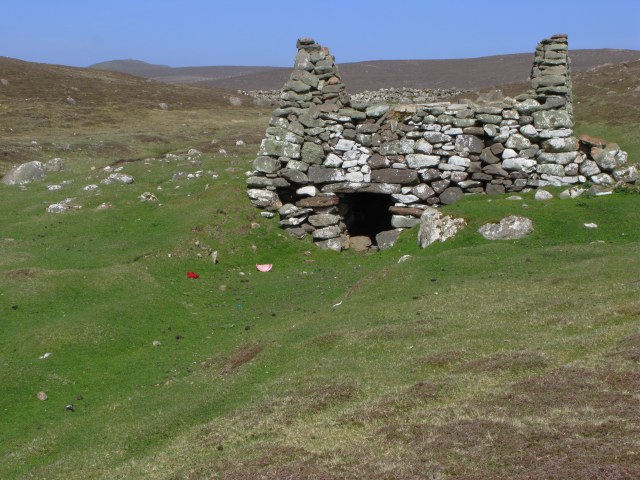
Hamna Voe is located at Grid Ref: HU1659 (Lat: 60.322029, Lng: -1.708114)
Unitary Authority: Shetland Islands
Police Authority: Highlands and Islands
What 3 Words
///take.hockey.mended. Near Walls, Shetland Islands
Nearby Locations
Related Wikis
Papa Stour Airstrip
Papa Stour Airstrip is a small airstrip in the village of Biggings on the island of Papa Stour. Shetland, Scotland. == History == Papa Stour Airstrip opened...
Papa Stour
Papa Stour (Scots: Papa Stour) is one of the Shetland Islands in Scotland, with a population of under fifteen people, some of whom immigrated after an...
Biggings
Biggings is a village on the island of Papa Stour, in Shetland, Scotland. Papa Stour's church is situated at the south of Biggings. A homestead of Duke...
Forewick Holm
Forewick Holm is a 1-hectare (2.5-acre) island in the Sound of Papa in the Shetland islands, Scotland. Located between Papa Stour and the Sandness peninsula...
Have you been to Hamna Voe?
Leave your review of Hamna Voe below (or comments, questions and feedback).
